Heather McGhee, author of The Sum of Us: What Racism Costs Everyone and How We Can Prosper Together, believes that all people, of all ages and all backgrounds, need to rethink their attitude toward race and strive together to create opportunities that benefit everyone.
This book, adapted for young readers, is a call to action. McGhee examines how damaging racism is, not only to people of color but also to white people. She offers hope and real solutions so we can all prosper. An expert in economic policy, McGhee draws lessons from her travels around the country talking to everyday people fighting for a more just and inclusive society.
The people she meets prove how the stories we tell ourselves about race and belonging influence the policies that determine our shared economic future. [Adapted from publisher’s description.]
ISBN: 9780593562628 | Delacorte Press
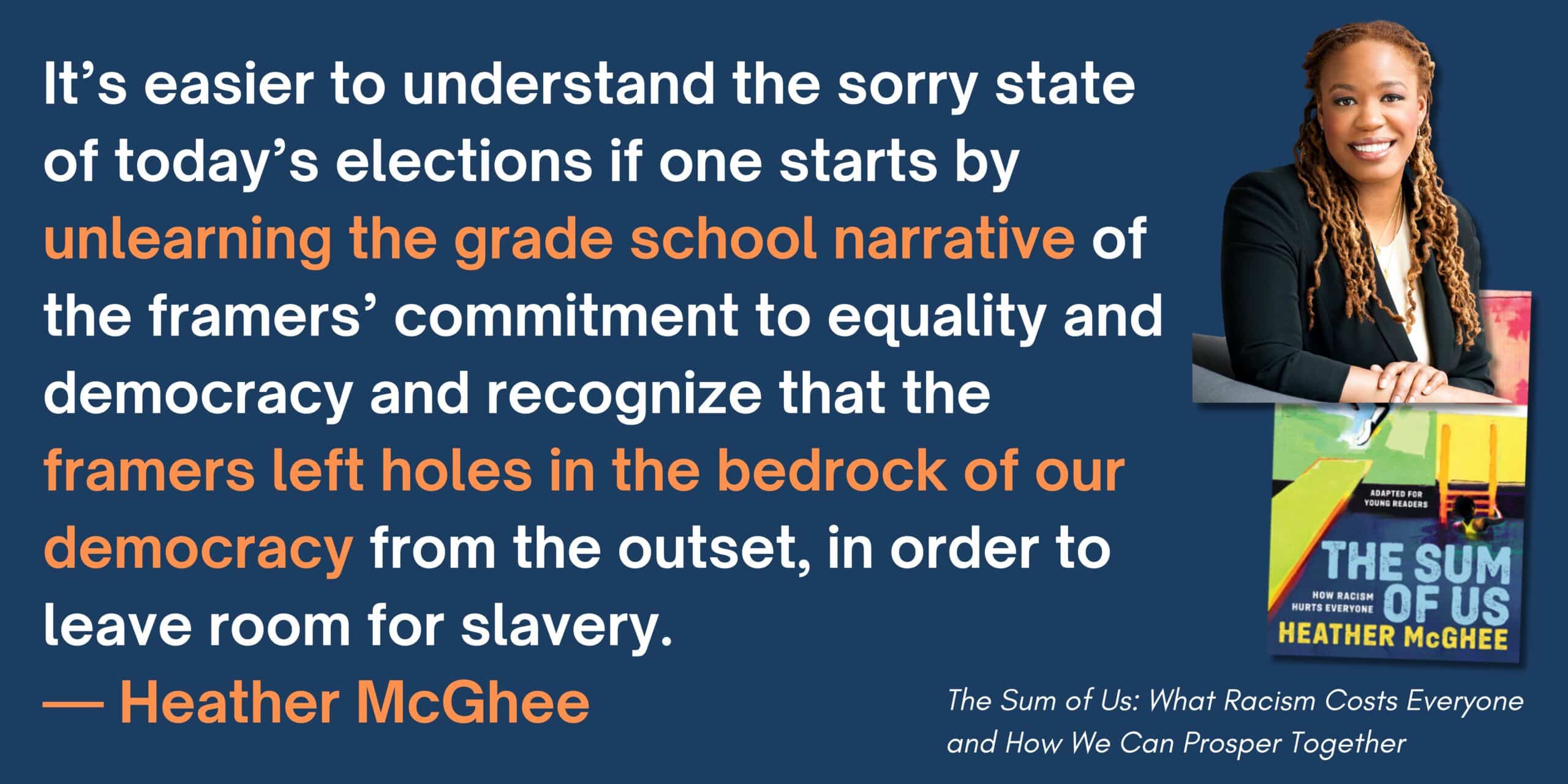
Lessons
These Zinn Education Project lessons can help students explore issues in selected chapters from The Sum of Us. They are aligned to the topics and themes in the respective chapters. Share a story if you use any of them and we’ll send you books in appreciation.
Classroom Stories
My school has a Drop Everything and Read (DEAR) time every week. Having a classroom set of The Sum of Us has allowed me to share the story with the whole class. We are having open discussion on the real issues around racism. This book is giving us opportunities to talk about the real issues students are facing. The students were leery of the book at first but we are reading it in small increments and then having discussions about what we read. Many are starting to pay attention intently now and are being productive in the discussion, too.
Another teacher and I used The Sum of Us as part of a book club for 4th and 5th grade students who chose to join us for discussions during their lunch over five sessions. This book is challenging for 4th and 5th graders: As teachers, much of what we were doing was introducing students to these concepts and historical moments rather than building a deep understanding, which is okay for their age.
Students frequently asked, “Why haven’t I heard about this before?” when they read about closed swimming pools, school segregation today, and workplace organizing. While we know our students aren’t walking away with a complete understanding of all the topics from the book, we are glad that they at least won’t be outraged at not having heard about these injustices before.
During our final discussion, a student said that the interviews and stories from real people will stay with them after reading the book. We also heard from several families that students were sharing about the discussions at home and got positive feedback about students reading the book.
My weekly research class is reading The Sum of Us. We began with the intro then jumped to Chapter 2, Racism Drained the Pool, followed by the section on Racial Exclusion from Homeownership. For each section I used videos to support McGhee’s text.
To go with Chapter 2, I showed a clip from Ave DuVernay’s Origin and the students reacted with raw emotion during and after the clip. After the reading on Racial Exclusion from Homeownership, we saw the episode The House We Live In from Eyes on the Prize, which serves as a mirror image to McGhee’s text.
My students are greatly impacted by McGhee’s book and the corresponding audio-visual media. At the end of the year, they’ll write an essay about the material we’ve covered.
Students joined me in reading and discussing The Sum of Us for a book club. We decided to meet twice to discuss the book: once after reading chapters 1–5 and again after chapters 6–10. Both times we met with cookies and had a good discussion!
Eighth graders commented on how they could make connections between the book and what they were learning in their history and literature classes. One of the 7th graders said our discussion was the most interesting conversation he had ever had! There were good comments that made it clear that students read the book. What a great way to introduce my middle schoolers to this important information.

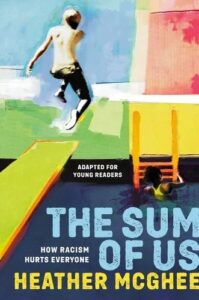

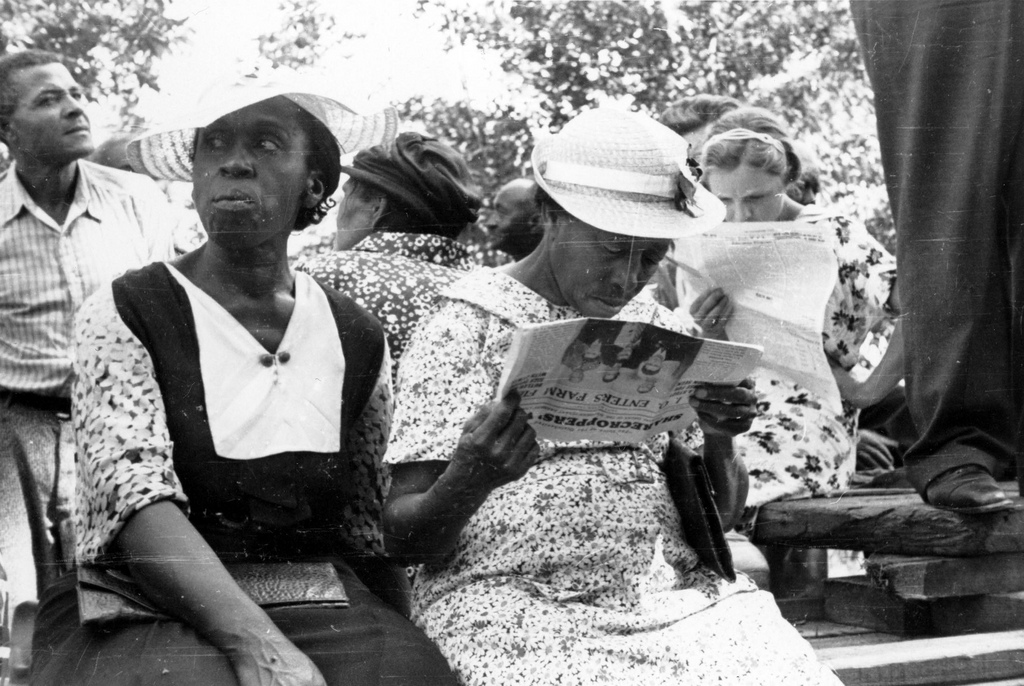
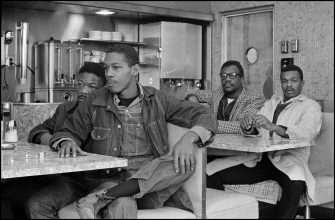
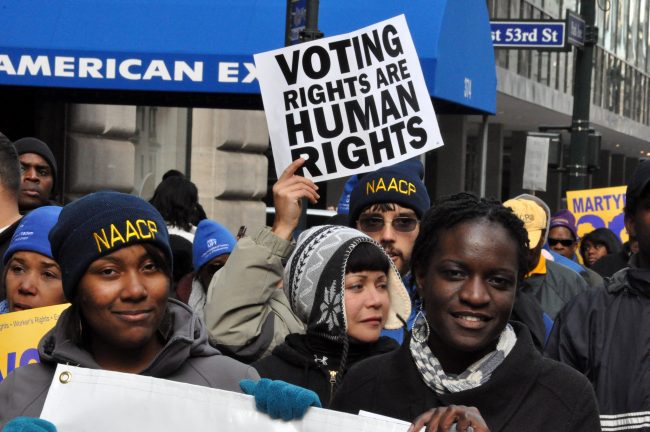
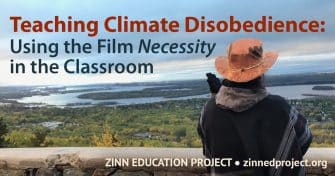
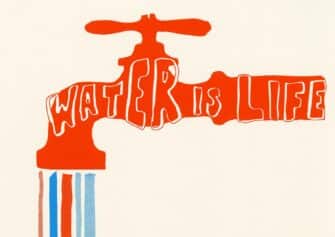
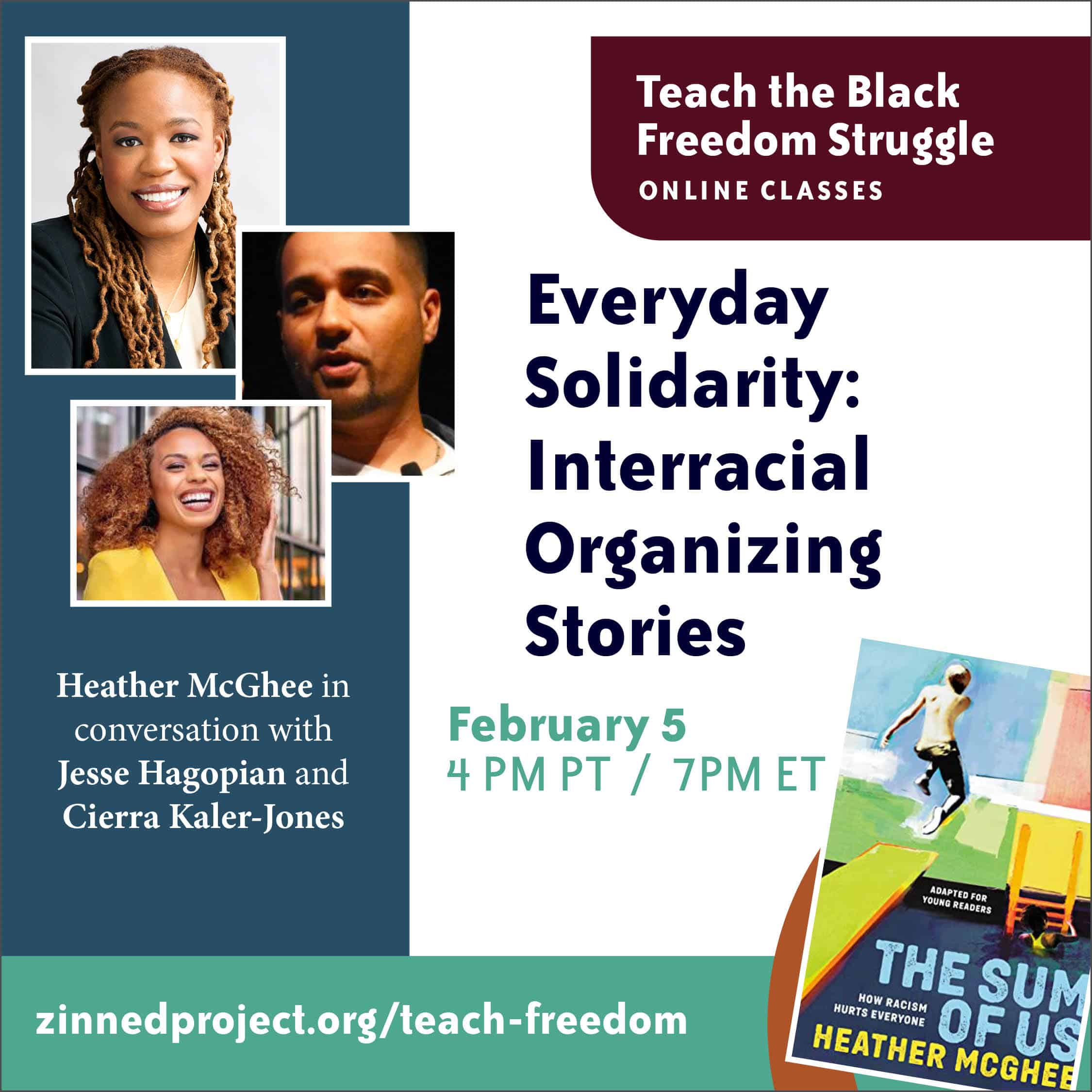







Twitter
Google plus
LinkedIn